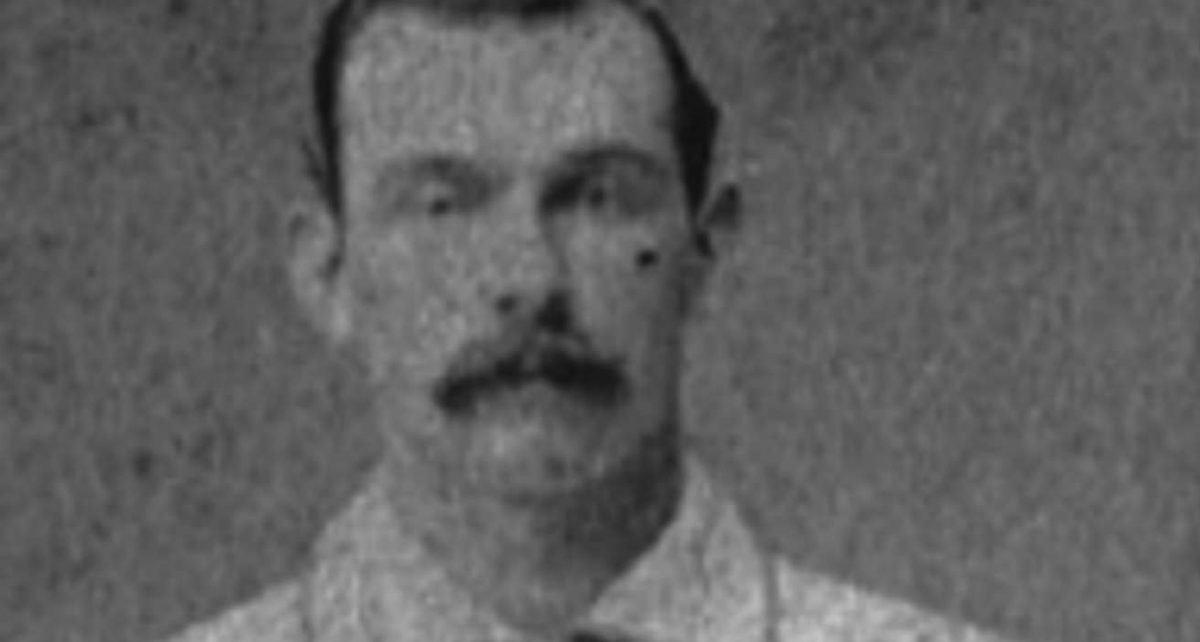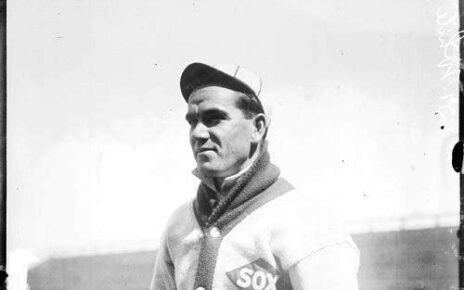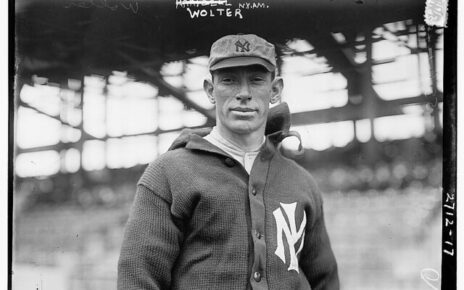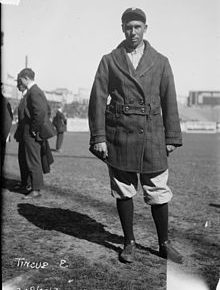There were two-way players before Babe Ruth. A quick look at the Deadball Era reveals a number of short-lived two-way players. Some were experiments, some were actual strategic moves, and others were larks and nothing more. For some players, they underwent a transitional period. During this period they would see time on the other side of the ball while still keeping up their regular positional or pitching play. Jim Devlin was one such player, playing first base and outfield for the Philadelphia Whites and Chicago White Stockings of the National Association in the 1873-74 seasons respectively before slowly transitioning to the mound.
Devlin first toed the rubber for the White Stockings in 1875. That year in 28 appearances his had an ERA of 1.93 in 224 innings pitched. He posted an ERA+ of 118, a FIP of 2.19, and a WHIP of 1.188. He played 46 games in the field that year, splitting time between first base and the outfield. He hit .289/.298/.381 in 318 at-bats. He didn’t have much pop, but he did steal 6 bases and accumulate a very good OPS+ of 131. His pitching rWAR of -0.7 was bested by his batting rWAR of 1.7. His total rWAR of 1.0 isn’t anything to write home about, but for one year he was a true two-way player.
In 1876 Devlin landed with the Louisville Grays of the National League and outside of 1 game played at first base, his two-way days were over. I can’t blame the Grays for turning Devlin into a full-time pitcher. In 1876 he posted an rWAR of 17.7 behind an ERA+ of 168 and led the NL in complete games, innings pitched, and strikeouts. He was still among the best in the league in 1877, leading the NL in complete games, innings pitched, and ERA+ (146.)
By his own admission, Devlin decided to start throwing Grays games in exchange for money. As a result, following the 1877
Lead photo courtesy of unknown




